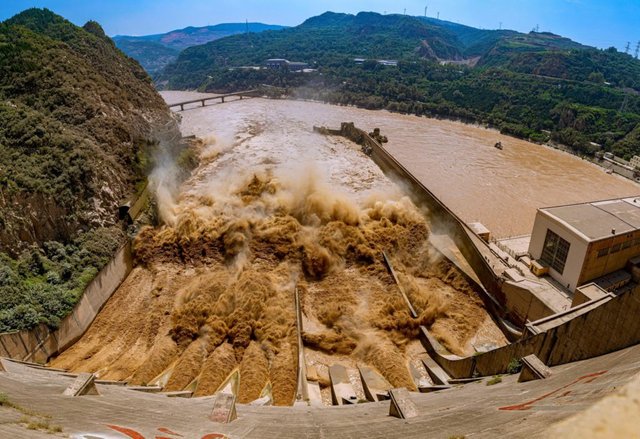The Yellow River, China's second-largest river, courses for thousands of kilometers until it empties into the Bohai Sea in the province of Shandong. Recent research has demonstrated that people who constructed mud banks along sections of the river over time to prevent it from overflowing onto farmland unwittingly worsened the situation. Scientists specializing in geology, paleontology, and the environment from Jiangsu Normal University and the Chinese Academy of Science compiled a flooded timeline for the river. They determined that floods were infrequent between 12000 and 7000 years ago but grew increasingly common after the expansion of human settlements roughly 4000 years ago.

The water of the river acquires its unique yellow tint due to the sediment it receives from the Loess Plateau. Normally, this sediment settles on the riverbed, increasing its height and rendering the lower sections particularly susceptible to flooding. In 1887, a flood supposedly claimed the lives of two million individuals, rendering it one of history's most catastrophic natural calamities. These efforts to regulate the river, particularly during the imperial China era (221 BC to 1912). The researchers amassed sediment samples and flood records to compile an extremely comprehensive flood history for the Yellow River, stretching back 1,000 years.
The research indicated that the construction of embankments by people resulted in a rise in flooding rates. In fact, in the past 1,000 years, flooding happened ten times more frequently compared to the period before ancient Chinese civilization. Human activity is accountable for roughly 80% of the surge in flood rates. Changes that heightened the danger of flooding involved deforestation for agriculture in the Loess Plateau, which is the primary source of water and sediment for the lower Yellow River, and building embankments downstream.
Artificial embankment-induced flooding is not a problem anymore in the Yellow River because of the Chinese government's policy to preserve the natural vegetation along the riverbanks. This policy has helped to decrease soil erosion and consequently reduce the flow of soil into the river. However, other parts of the world still rely on embankments, and this study offers valuable lessons for these regions.
Reference articles: